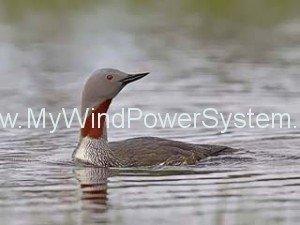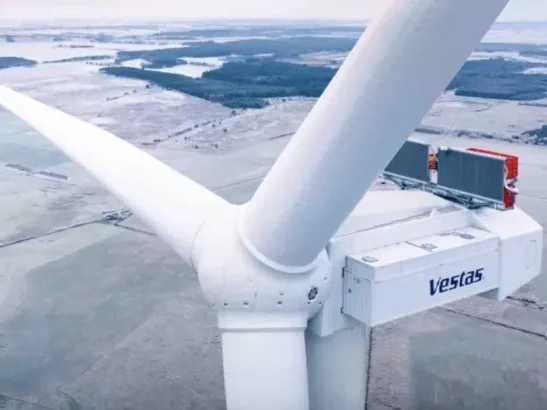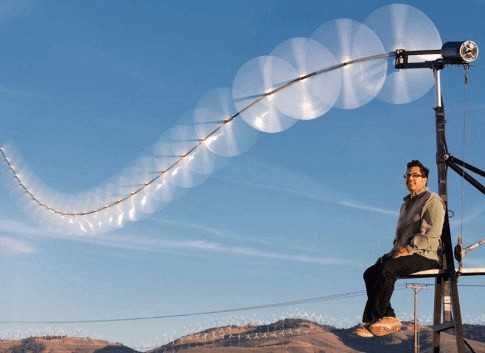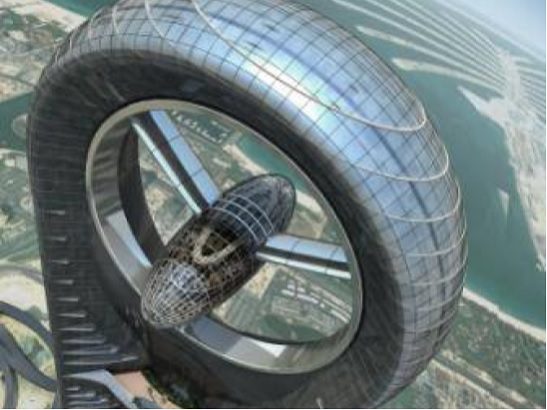A huge expansion of the London Array wind farm off the north Kent coast will not go ahead. One of the main uncertainties was the potential impact of migratory Red Throated Divers. Phase 2 has been abandoned because the plans to capitalise on the success of the London Array Phase 1 required a staggering three years wait to assess the impact on the bird.
Red Throated Divers are a migratory bird on the RSPB’s (Royal Society for the Protection of Birds) “amber” list for bird species at risk. They are mainly concentrated in Shetland and around the north coast of Scotland and its islands, but outside the breeding season they are numerous along the UK’s east coast and around into the Thames Estuary.
The original consent for London Array was for a wind farm of up to 1000MW, with 630MW in Phase 1. Phase 2 would have been a staggering symbol of UK enterprise, engineering and commitment to reduce carbon pollution. The London Array was formally inaugurated by Prime Minster David Cameron at a high-profile event in Margate last July. Mr Cameron then described London Array as a “huge win” for Kent, renewable energy and Britain.
The London Array’s 630MW of electricity is enough to power nearly half a million UK homes each year – two thirds of the homes in Kent.The wind power created represents carbon dioxide savings of 925,000 tonnes a year.
Despite the usual anti-wind protesters claiming a victory against “Bird-Mashing Monstrosities”, most wind power supporters have good green credentials and take pains to try to minimise any effect on local wildlife and the environment. However as mush as I respect the RSPB who have been campaigning against Phase 2, I find it unbelievable that a prestigious project has to be held up three years to look at the issue of effects, if any, on the Red Throated Diver. That’s less time than it would have taken to build commission and connect the additional London Array turbines.
So be it. The birds won. Investors will look elsewhere, possibly outside the UK, to invest in wind power. It’s a shame. One just hopes that the increased carbon pollution that will occur because Phase 2 wasn’t built doesn’t eventually have a negative impact on the birds. Or we humans.





